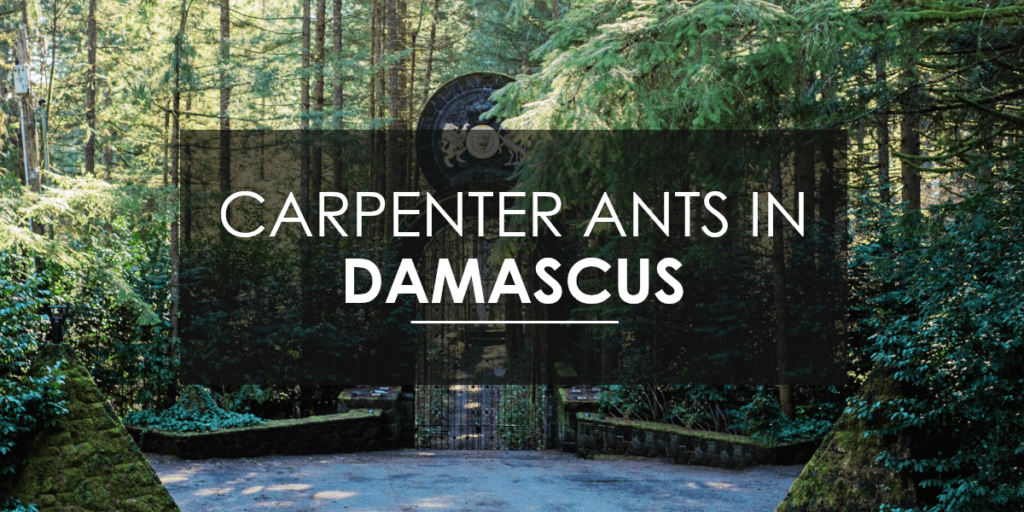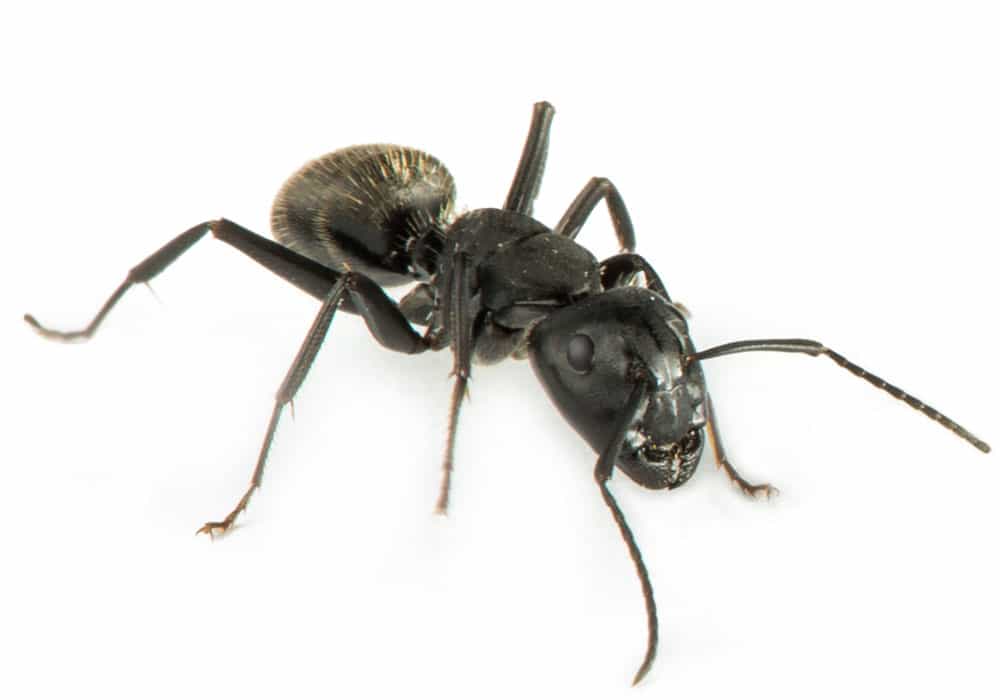The Pacific Northwest is host to a wide variety of pests, from rodents to arachnids to all sorts of stinging insects.
Two infesting insects that don’t get quite as much attention as perhaps they should are the boxelder beetle and the stink bug. While neither of these creatures pose physical threats to people or pets, they can cause harm to your property, or in the case of the stink bug, serious damage to agricultural crops and plants.
Before we get into the specifics of what stink bugs and boxelder beetles are, where they come from, and the like, here are a few quick tips we like to share with our customers and neighbors to ensure they’re taking every preventative measure they can in keeping these pests out of the home.
Home Prevention Tips for Boxelder Beetles and Stink Bugs
- Keep it sealed — When was the last time you were able to review your home’s exterior for things like cracks in its foundation, leaky or broken seals on windows and doors, torn screens, or other breaches that create unintended entry points for pests? Many insects are attracted to things warmth, glucose (sugary foods), and suitable environments for nesting and laying eggs. Leaving these items untreated creates numerous opportunities for insects to enter the home and cause an infestation. Add to the mix that insects like boxelder beetles and stink bugs follow the same flight patterns year after year, and an untreated situation could turn into a very serious problem for your home and family.
- Beware of water — Insects like boxelder beetles and stink bugs are also very attracted to water. Do you have standing water anywhere near your home or on your property? Leaky pipes? Clogged drains? Many bugs thrive in moist environments, so ensuring your home is free of the above, as well as monitoring damp environments in the home (think bathrooms, under sinks, laundry rooms, dishwashers, etc.) are good preventative measures in keeping them out of the home.
- Do not feed the bugs — Like most creatures, stink bugs and boxelder beetles are seeking out the conditions that can help them live and thrive. Naturally, they’re attracted to sources where they can find shelter, a safe place to nest, water, and, of course, food. One crucial way in making your home a less desirable environment for insects is by keeping your home free of food waste. Spills, crumbs, full trash cans, and the like are open invitations to insects, and while few can reach hospital levels of sterility in their homes, regular maintenance in this arena gives insects less reason to invade your home, assisting in breaking the cycle that brings them there to begin with.
- That’s so lit — This is one more small piece of advice in reducing what’s attractive about your home to insects like boxelder beetles and stink bugs. They’re attracted to light, so the more sources of light you have outside your home, the greater the attraction you’re creating for these pests. Logically, the fewer the lights, the less they’re attracted. However, we understand that outdoor lighting is largely used for safety and security, so use your best judgment in determining what is appropriate for your home and family.
Professional Extermination of Stink Bugs and Boxelder Beetles in Multnomah County
At Aspen Pest Control, we take a thorough account of your pest situation and provide recommendations and treatment that suits your needs and budget so that you get the best value out of our services.
Both stink bugs and boxelder beetles are seasonal insects (stink bug sightings are a good sign that fall is on the way, for instance), so we recommend seasonal maintenance being the best method for keeping your home pest-free.
Because both of these insects are flying insects, and because the stink bug in particular is impervious to most traditional pesticides, our goal of extermination relies on breaking their nesting cycles by removing what’s desirable about your home in the first place.
Over 90% of our newest customers — friends neighbors just like you — select our Four Seasons Home Protection Plan for their pest control needs. We developed this treatment plan precisely for the infestation patterns associated with the Pacific Northwest climate. This quarterly, four-times-per-year pest maintenance plan covers the burden associated with stink bugs and boxelder beetles, in addition to the vast majority of other pests we experience in Multnomah County. Over time, this method becomes one of eradication through maintenance, meaning you’ll likely never have to worry about pest control or find yourself in a surprise infestation situation.
More About Boxelder Beetles in Multnomah County
Boxelder beetles are, as you might have guessed, strongly connected to the boxelder maple from which they get their name. The boxelder maple seed is their primary source of food, and they can travel as many as two miles in order to feed.
These bugs — approximately a half-inch in length — are typically dark brown or black in color, and feature distinct orange-red markings on their backs. While they do not sting, bite, or spread diseases, they are attracted to the sunny sides of houses, filling void walls, and will make a mess of your home through multiplying in large numbers and producing large sums of excrement.
One effective way to manage boxelder beetles is by removing their primary source of food, the box elder maple. Another option to consider if you hope to plant boxelders on your property is to choose male trees, as they do not produce seeds like the female trees do.
Of course, these can be even more effectively managed with professional help. Aspen Pest Control has vast experience in managing boxelder beetle infestations, and we can help you, too!
More About Stink Bugs In Multnomah County
Did you know that stink bugs — the brown marmorated stink bug, as it’s known — is an invasive species to Multnomah County? (The entirety of North America, South American, and many parts of Europe, in fact.) It’s true. What’s most amazing and more than a little concerning, is that the stink bug was first spotted in the United States on the East Coast in the mid-90s and has since made its way all over the continent. It’s believed that the stink bug likely made its way to our shores from China, Korea, or Japan via a shipping vessel. With the mass increase in global trade over the last several decades, this spreading of species across continents is to be expected, but the effect of the stink bug on our country — particularly our agriculture — could not have been anticipated.
Case in point, they’re practically immune to most all of our food-safe pesticides, and have a habit of devouring our crops. In 2010, for instance, the brown marmorated stink bug did what was described as “$37 million in economic damage” to our apple crops. Keep in mind, that’s just apples. The stink bug has a much broader appetite than just that one fruit. This threat to our food supply has caused the USDA to make stink bug management a priority, driving innovations that we can apply to home prevention and maintenance, as well.
Oh, one more thing: We highly recommend that you don’t squish or crush them. When you do, they emit a sour, foul-smelling that gives them their name.
Have you noticed brown marmorated stink bugs in your home or on your property? We can help! Call Aspen Pest Control for your free estimate. In most cases, we can provide same-day service. Our team is committed to giving you the peace of mind you deserve for all your pest control needs. Call today!
Aspen serves the following Portland, OR suburbs:
- Clackamas
- Gresham
- Happy Valley
- Lake Oswego
- Milwaukie
- Oak Grove
- Oregon City
- Portland
- West Linn







